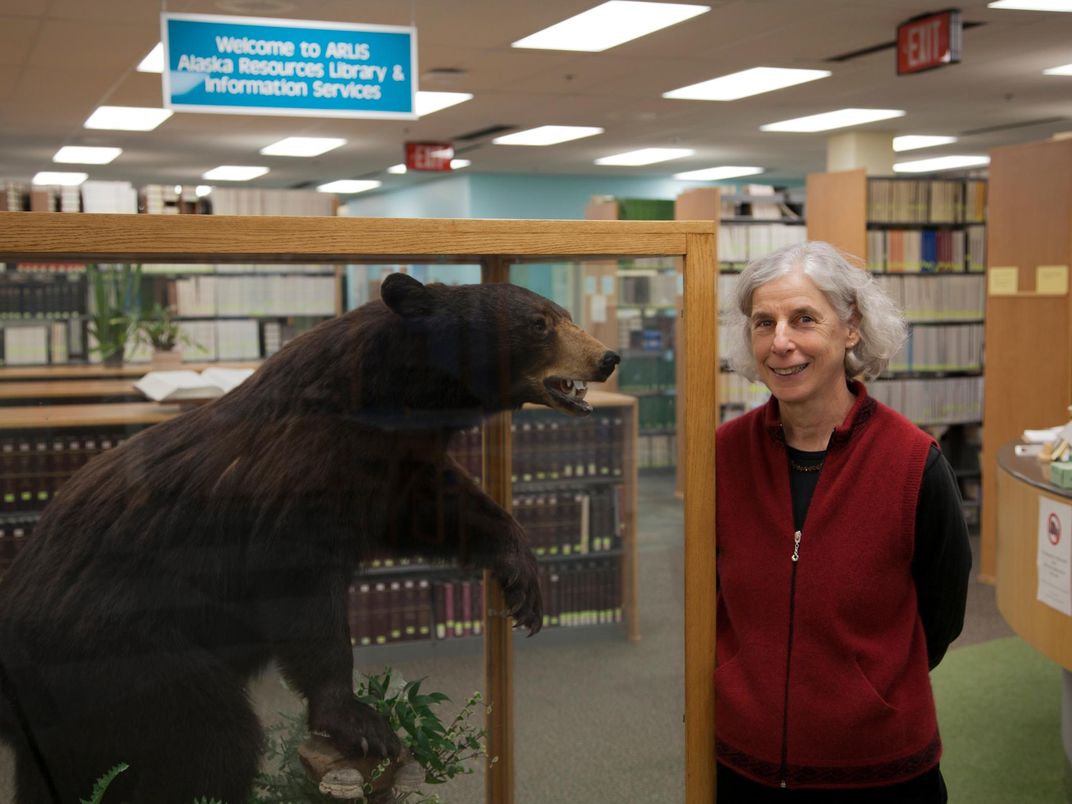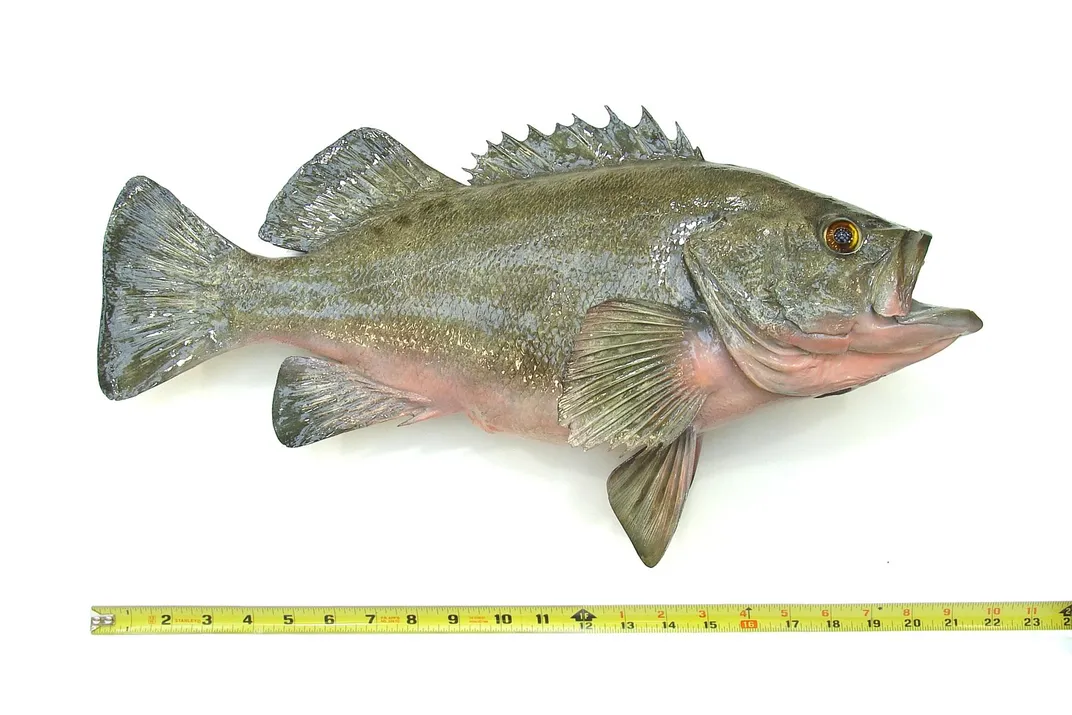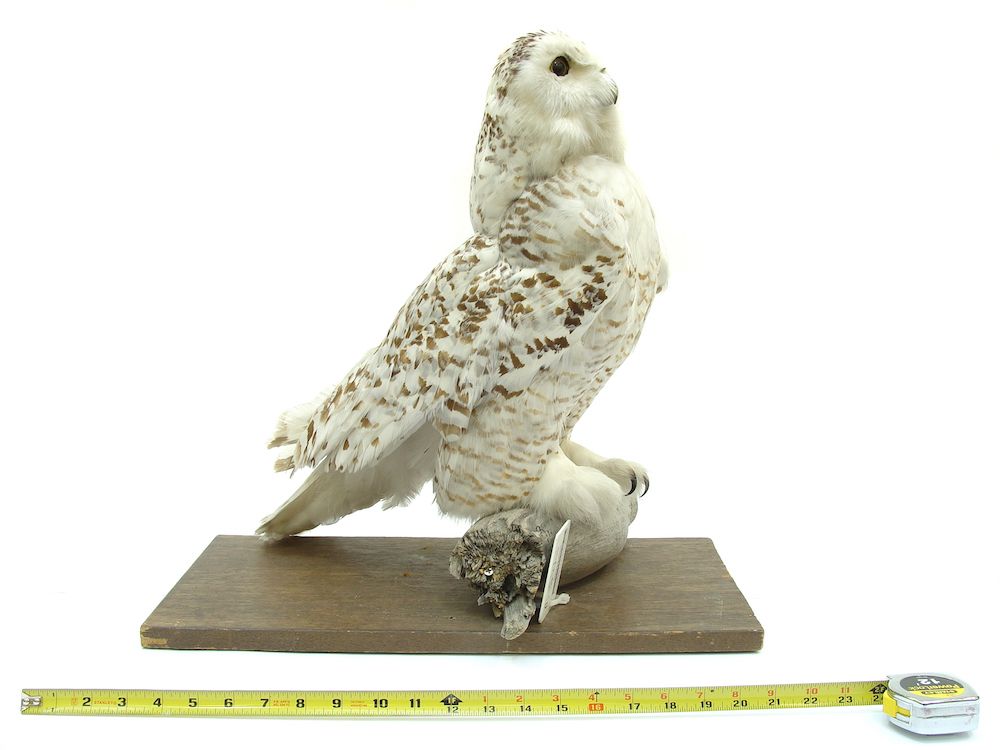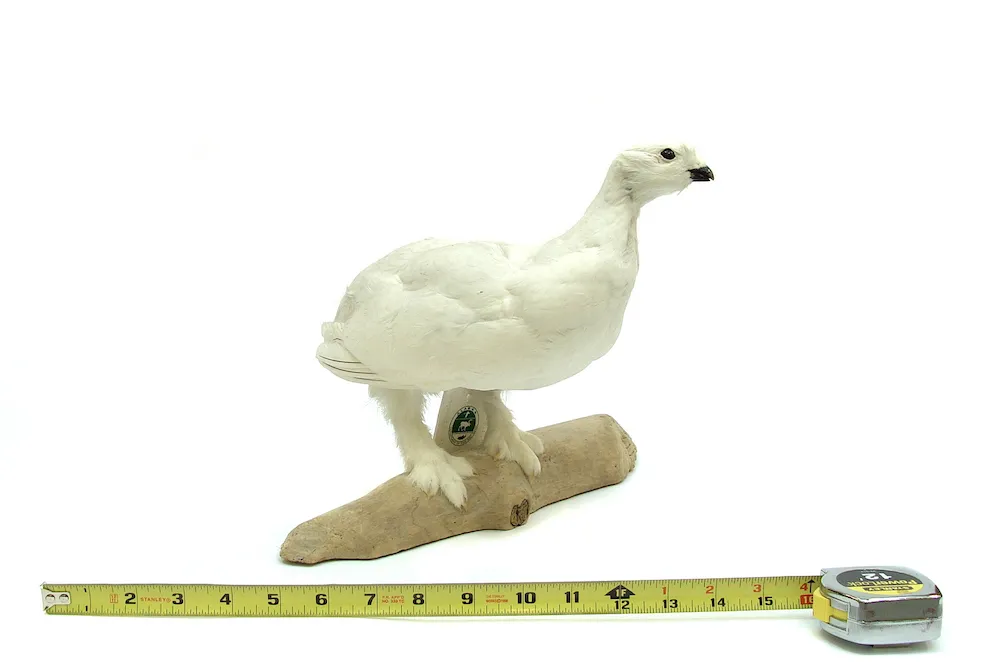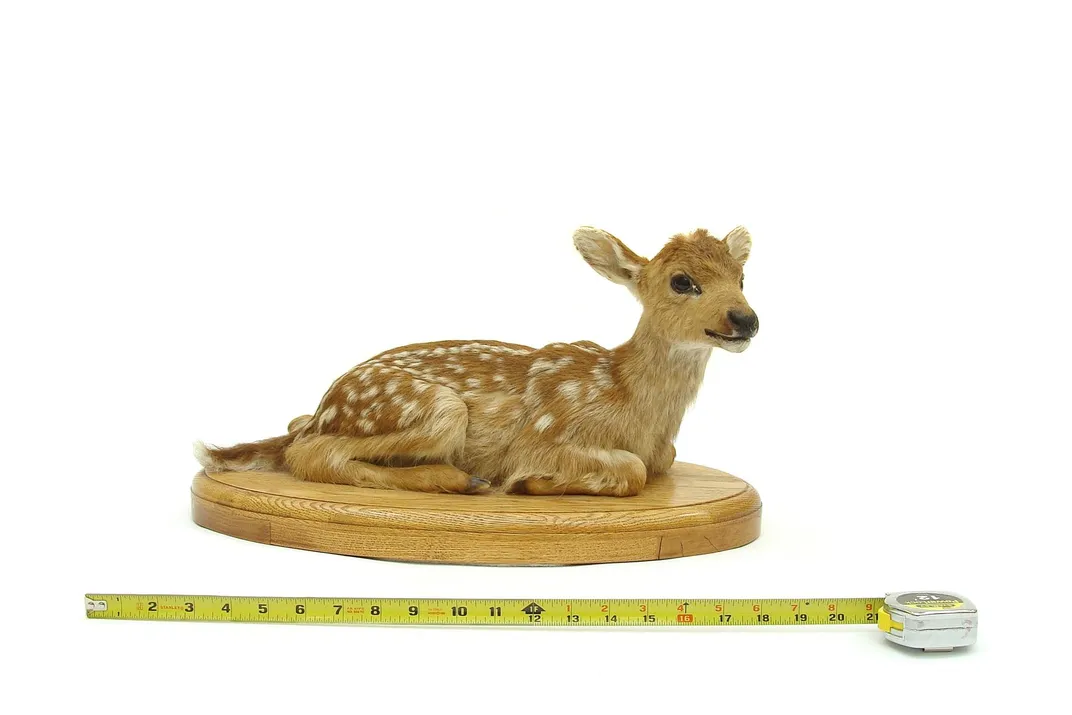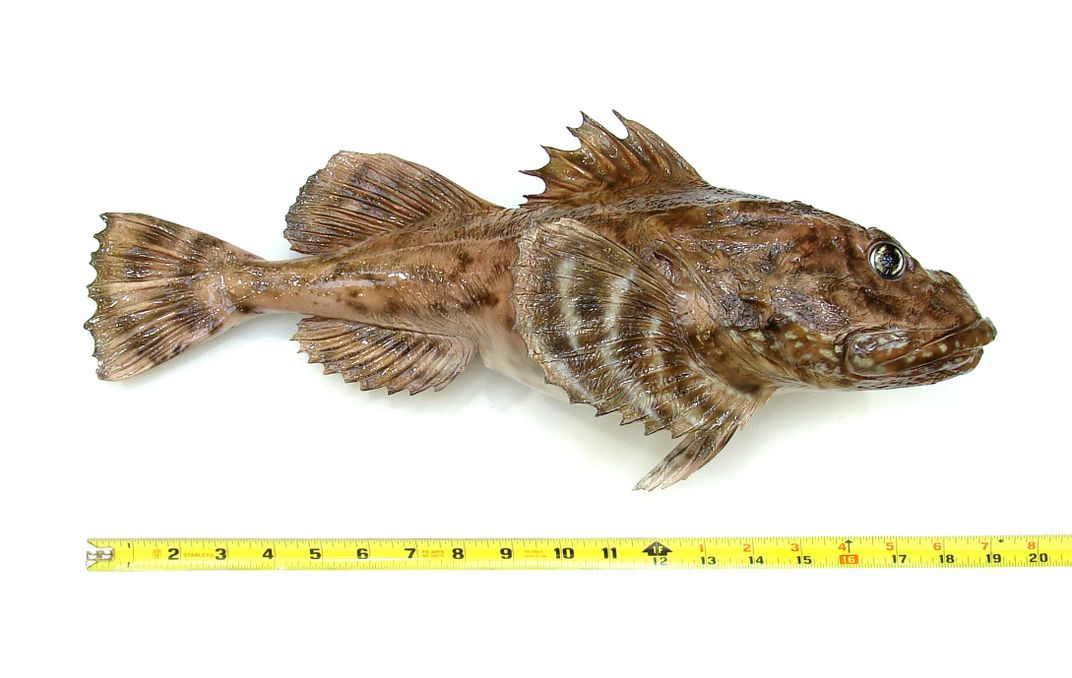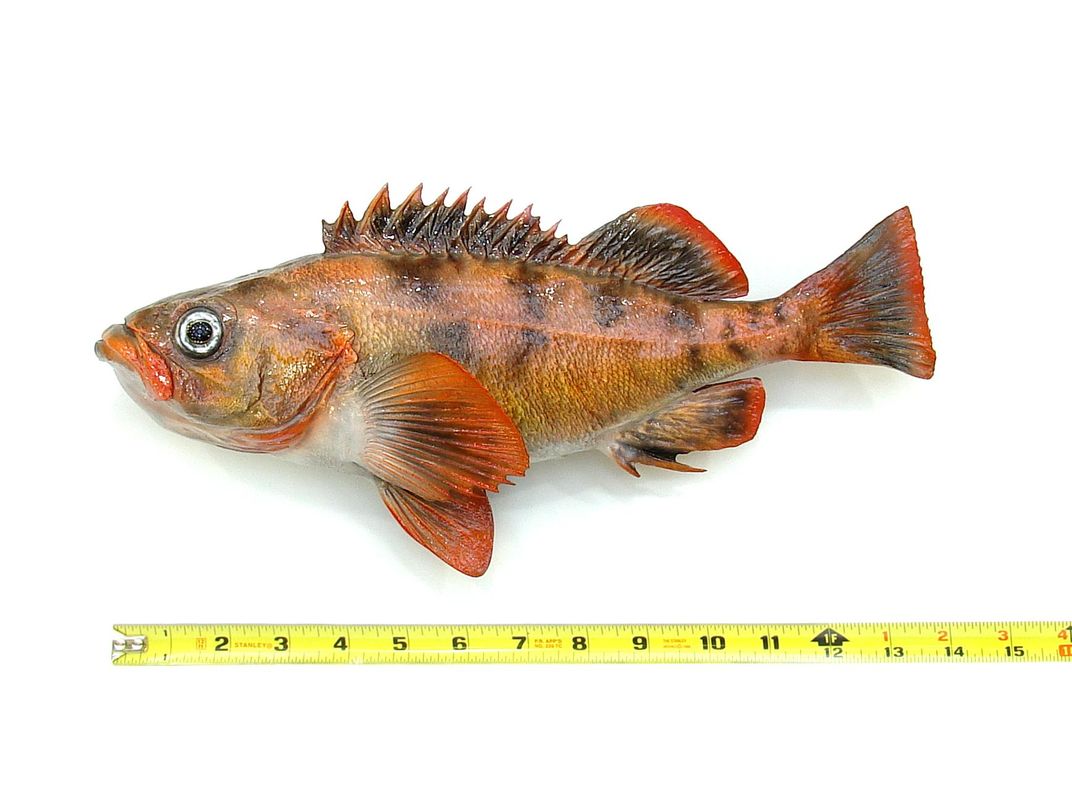This Library in Anchorage Lends Out Taxidermic Specimens
All you need to check out a snowy owl or a mounted rockfish is a library card
/https://tf-cmsv2-smithsonianmag-media.s3.amazonaws.com/filer/eb/0b/eb0b2b88-90a1-495b-9f1f-239a3a78d9be/full_bird_display.jpg)
Tucked behind a nondescript door inside Alaska Resources Library and Information Services (ARLIS), a library on the University of Alaska Anchorage campus, resides a collection of curiosities. Inside are shelves upon shelves of archival boxes, each carefully stacked and labeled with its specific contents—a perfectly preserved carcass of a ring-necked pheasant nestled in one, a mounted black rockfish in another. Over the years the collection has grown to include hundreds of specimens, making ARLIS the only known library in the United States to hold such a trove. It is not only open to the public, but its items can be checked out just like one would a library book—the only thing you need is an Anchorage public library card.
Since 1997, ARLIS has been amassing an extensive inventory of animal furs, skulls, bird and fish mounts, skeletons and other “realia,” items that are typically more at home displayed behind a glass case in a natural history museum than at a public library. ARLIS is the result of combining the resource libraries of eight federal, state, and university agencies under one roof, including the Alaska Department of Fish and Game (ADF&G)’s “FMS” (furs, mounts, skulls) collection. Prior to combining the collections, each was housed separately and managed by its specific department. By combining these libraries together, it makes them more accessible to researchers, members of the agencies and the public.
Celia Rozen, the collection development coordinator and librarian responsible for managing the ADF&G’s collection, says that the consolidation couldn’t have come at a better time; there were threats to shutter several of the agencies’ libraries for budgetary reasons and space limitations, with the possibility of shipping their holdings to agencies outside of Alaska or even putting them into storage.
“It was important to keep a collection that had been carefully preserved by Alaskans of precious Alaskan materials in its home state,” says Rozen. “This collection is something we want to share with the public and make available to them to use.”
While the majority of users are local teachers, who incorporate the pieces into their lectures and lesson plans, and biologists and researchers using items for studying, non-educators are also known to check out pieces too.
“We have a snowy owl that has been used on several occasions as a decoration for a Harry Potter-themed party,” Rozen says. And filmmakers reportedly used a number of items during the making of the 2013 movie The Frozen Ground to design the basement lair where the film’s villain would keep hostages captive. Just like with library books, ARLIS expects that lendees take good care of any items checked out.
Interestingly, ARLIS’s existence is largely known by word of mouth, both for patrons and locals who want to donate a piece of realia to the collection. The vast majority came from the Alaska Department of Fish and Game with a lesser amount from the U.S. Fish and Wildlife Service, however the library does also take donations from the public.
“Earlier today someone called me and offered us a raven that he found in the wild that had been killed,” she says. “Ravens are frequently requested, even by English students doing presentations on Edgar Allan Poe. Mostly we get donations of items already taxidermied [but in this case we're getting this one taxidermied]."
While ARLIS is constantly adding new pieces to its holdings, it’s often the older items that are the biggest draw, especially among biologists, who study how different species of regional fauna have evolved over time. Professional wildlife staff will also use items when doing presentations to the public. The Alaska Department of Fish and Game, for instance, has a "Becoming an Outdoors-Woman" program that teaches things like Eskimo fur sewing techniques, and instructors will use borrowed furs to conduct live demonstrations. And while the furs, mounts, and skulls may garner the most attention amongst the public, the library also houses a combined collection of more than 300,000 pieces of literature, including agency reports, books, journals, documents from the Exxon Valdez oil spill and publications dating back to before Alaska became a state. All told, ARLIS maintains “it’s the largest collection of Alaska resources reports found anywhere.”
The only item not available for circulation: the black bear that stands crouched amongst the library’s bookshelves and tables.
“It’s just too big to check out,” Rozen says.
Planning Your Next Trip?
Explore great travel deals
Smithsonian magazine participates in affiliate link advertising programs. If you purchase an item through these links, we receive a commission.
